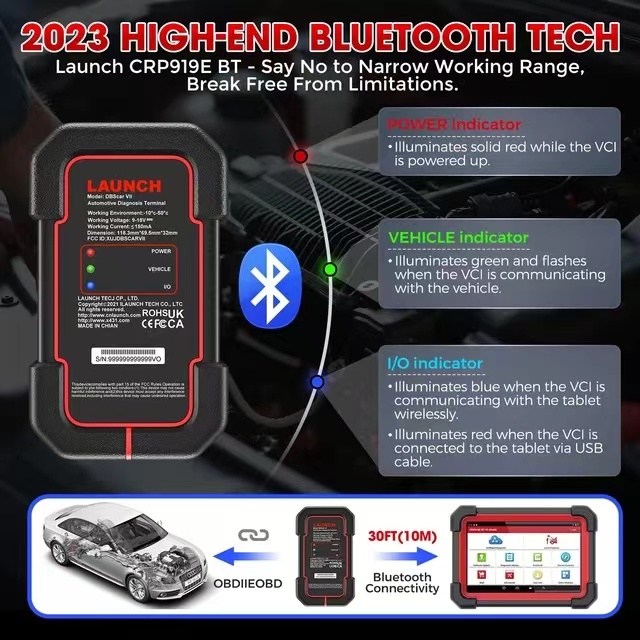OBD2 System and Its Applications in the Industrial Domain
Although the OBD2 system, as the second generation of onboard diagnostic technology, has widespread applications in the automotive sector, its use in the industrial domain is relatively limited and specific. Nevertheless, with the development of the Industrial Internet of Things (IIoT) and smart manufacturing, OBD2 or similar diagnostic technologies are likely to play a larger role in the industrial sector in the future.
Currently, the applications of the OBD2 system in the industrial domain primarily focus on the following areas:
- Industrial Equipment Fault Diagnosis: Similar to its application in automobiles, the OBD2 technology can be used for fault diagnosis in industrial equipment. By collecting and analyzing equipment operating data, the OBD2 system can monitor the equipment’s running status in real-time, promptly detect potential faults, and report them through fault codes or other forms. This helps reduce maintenance costs and improve production efficiency.
- Energy Management and Optimization: In the field of industrial energy, the OBD2 technology can be used to monitor and manage energy usage. For example, in large industrial equipment or factories, the OBD2 system can collect real-time energy usage data, helping managers identify areas of energy waste and optimize them, thereby reducing energy consumption.
- Integration of Vehicles and Industrial Equipment: In specific scenarios, such as logistics parks or large industrial bases, vehicles and industrial equipment may need to work together. In such cases, the OBD2 system can serve as a communication bridge between vehicles and equipment, enabling data sharing and collaborative operations.
- Environmental Protection and Emission Control: Similar to emission control in automobiles, the OBD2 technology can also be used for emission monitoring and control in industrial equipment. By continuously monitoring the emission status of equipment, the OBD2 system can help companies ensure that their emissions comply with relevant regulations and standards, thereby reducing environmental pollution.
It is worth noting that the application of the OBD2 technology in the industrial domain is still in the exploration and trial stage, and its scope and depth of application need to be further expanded. In the future, with technological advancements and the growing industrial demand, the application of the OBD2 system in the industrial domain will become more extensive and profound.
In addition, the industrial domain may have more complex and diverse needs for diagnostic systems. Therefore, it may be necessary to combine other technologies (such as artificial intelligence, big data, etc.) to jointly achieve equipment fault diagnosis, predictive maintenance, and other functions. This will be a worthwhile research and exploration direction.




Шведская стенка для детей Трансформер.Детский спортивный комплекс СЕКРО-Чемпион для квартиры и улицы.
Уличный тренажер «Баттерфляй YT33»Во время монтажа и сборки Детской площадки для дачи особое внимание нужно уделять минимальному требуемому расстоянию между изделием и очевидным препятствием: Стены, ограждения и так далее. Это расстояние должно составлять минимум 2 (два) метра. В этой зоне безопасности не должны находиться твердые, угловатые или заостренные предметы.
Welcome to our website. Please remember to come to us when you want to buy OBD car scanning devices.